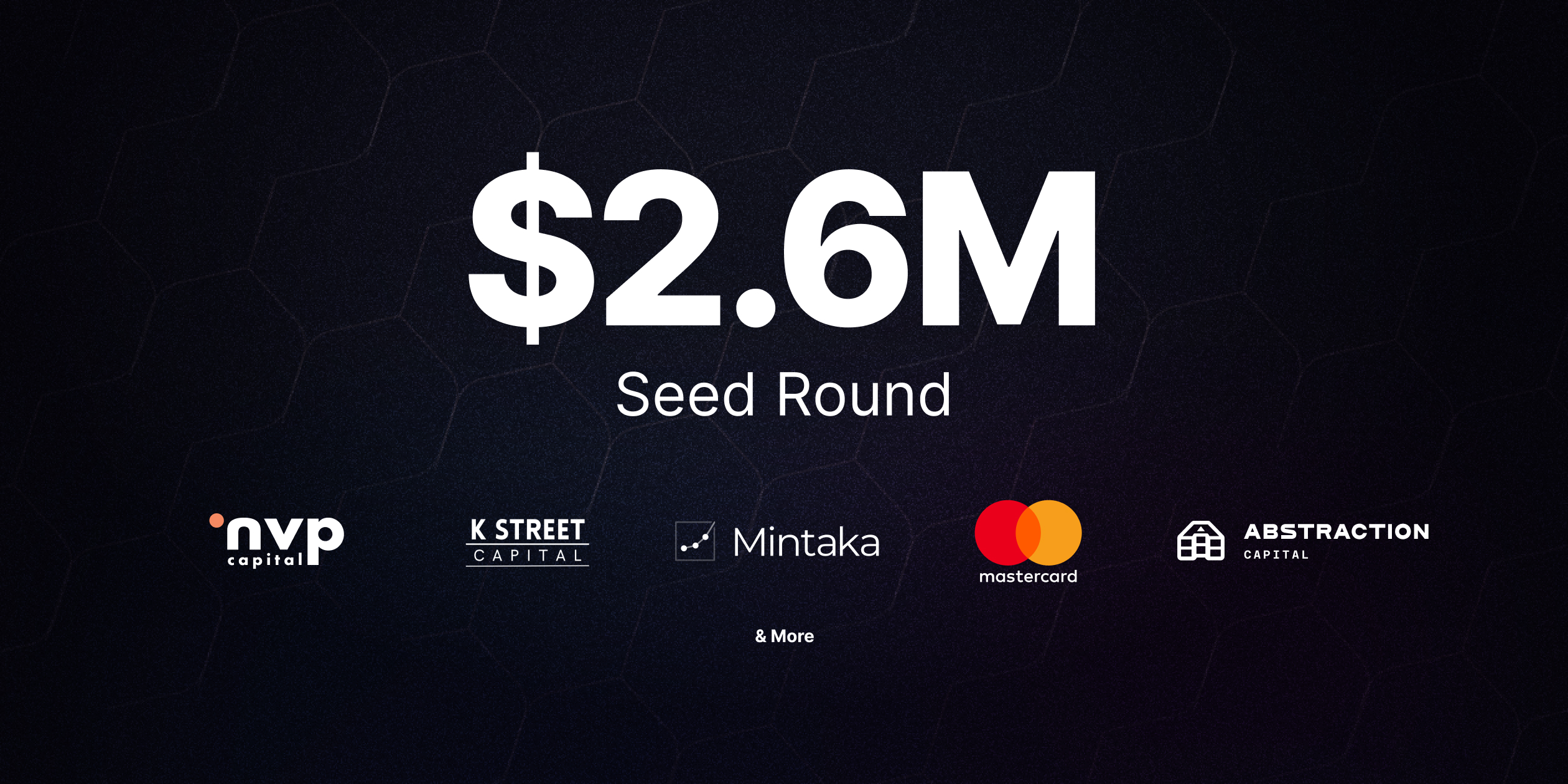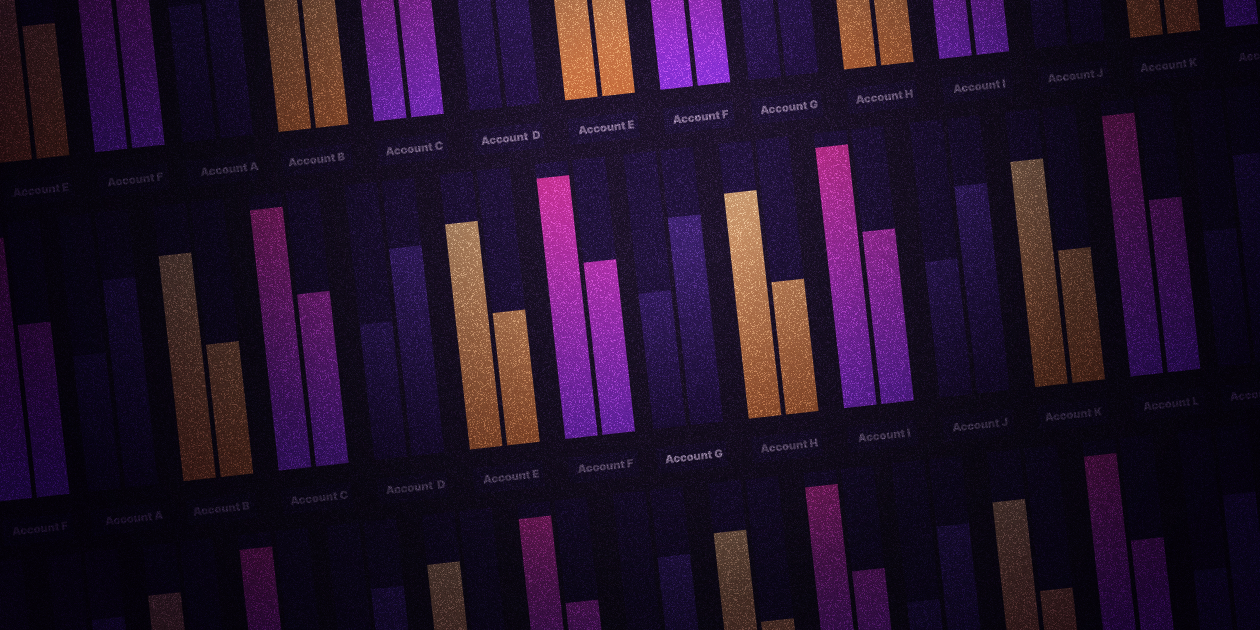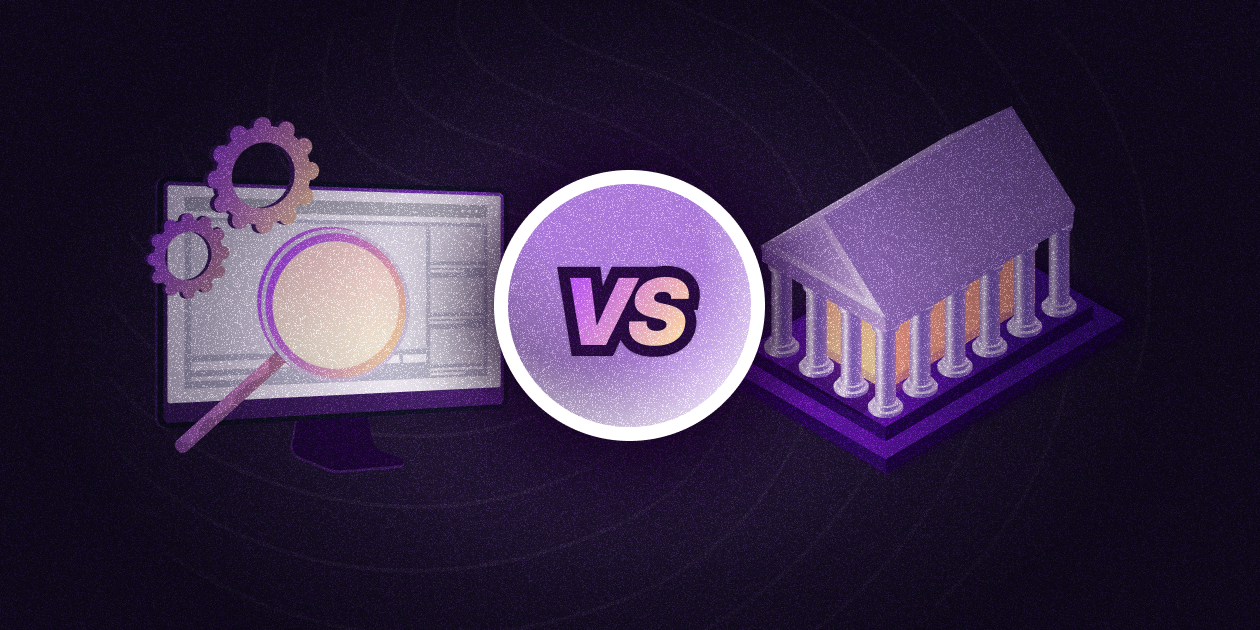
What Are Payment Rails?
Every modern financial transaction depends on a hidden layer of infrastructure. When a customer pays with a debit card, schedules a bill through online banking, or uses a mobile app to send money instantly, the process works because funds are moving across payment rails. These systems form the backbone of global commerce, connecting banks, processors, and technology platforms, allowing money to flow securely and efficiently.
The meaning of payment rails goes far beyond a technical definition. They determine how quickly funds settle, how much a transaction costs, and what kind of experience end users receive. For fintech builders and startups in the United States, selecting the right payment rails API is not just a development decision, but a strategic business move. It shapes how products scale, how customers trust the service, and how competitive the offering becomes in a crowded market.
Behind the terminology lies a bigger shift. Businesses are shifting toward multi-rail strategies, where various networks collaborate to provide flexible and resilient payment experiences. Whether optimizing transaction fees, speeding up settlements, or expanding globally, payment rails are no longer background infrastructure but are central to innovation in financial technology.
What Are Payment Rails Exactly
At its simplest level, payment rails refer to the systems and networks that facilitate the transfer of funds between accounts. They function as the infrastructure behind every payment method, whether it is a card swipe, a bank transfer, or an instant payment through a mobile app.
Think of them as highways for money. Just as cars travel on different routes to reach a destination, money flows across various payment networks depending on the type of transaction. Card rails, for example, move funds through Visa or Mastercard. The Automated Clearing House (ACH) handles batch transfers for salaries and bills. Meanwhile, real-time payments are becoming more common, offering speed and transparency that older systems cannot match.
A Brief History of Payment Rails
Payment rails started with physical checks and manual bookkeeping. Early banks created systems for clearing and settling paper-based transfers, which later evolved into electronic rails.
The rise of card networks in the mid-20th century introduced global debit card and credit card transactions. These card networks quickly became one of the most dominant rails worldwide, powering millions of point-of-sale purchases every day.
The ACH system in the United States modernized payroll and bill payments, replacing paper checks with electronic funds transfer. Internationally, wire transfers have become the go-to method for high-value cross-border payments, although they remain costly and time-consuming.
In recent decades, digital transformation has accelerated. Open banking initiatives, mobile wallets, and new payment processors have created additional rails that are faster and more flexible than legacy systems.
Types of Payment Rails
There is no single rail that fits every use case. Here are the most common types:
ACH (Automated Clearing House)
Used primarily in the U.S., ACH supports recurring transactions like payroll, subscriptions, and bill payments. It is cost-effective but not instant.
Card Rails
Card networks, such as Visa, Mastercard, and American Express, provide the infrastructure for debit and credit card payments. They are widely accepted and efficient, but involve transaction fees.
Wire Transfers
These are high-value transfers between banks. Wires are secure but expensive and can take hours to settle.
Real-Time Payments (RTP)
Emerging systems enable money to be transferred instantly between accounts. In the U.S., RTP and FedNow are reshaping expectations around instant payment availability.
Open Banking and APIs
Through payment gateways and APIs, fintechs can access customer accounts directly for digital transfers. These rails are flexible and integrate well with modern apps.
Multi-Rail Strategies
Businesses often combine multiple rails to build resilience. A multi-rail strategy ensures that if one rail is unavailable, transactions can still be completed through an alternative rail.
Traditional vs. Modern Payment Rails
Traditional payment rails, such as ACH and wires, have proven to be reliable. They are regulated, secure, and familiar to banks. However, they often lack the speed and user experience that consumers now demand.
Modern rails focus on immediacy and integration. Real-time payments and open banking APIs are designed for the digital era. They reduce friction, improve transparency, and allow fintechs to innovate at scale.
That said, modern rails come with challenges. They require updated infrastructure, compliance with new standards, and collaboration with regulators. Startups must strike a balance between reliability and innovation when deciding which rails to adopt.
How Businesses Choose the Right Payment Rail
Choosing a rail depends on the business model, user needs, and cost considerations. For example:
- Payroll companies often use ACH for bulk processing.
- E-commerce platforms rely on card rails for global reach.
- Investment apps may prefer instant payment capabilities to satisfy customer expectations.
Transaction fees also influence the choice. Compared to wire transfers, ACH payments are less expensive but take longer to process. A smart payment strategy often blends multiple rails to optimize for cost, speed, and customer satisfaction.
Developers integrating with a payment rails API should also consider scalability, compliance, and interoperability with existing payment systems.
Future of Payment Rails
The future holds promise for greater speed, interoperability, and inclusion.
- Real-time payments will become standard as users expect immediate settlement.
- Open banking will unlock new opportunities for direct-to-account transfers.
- Digital transfer technologies will expand globally, reducing reliance on legacy systems.
- Multi-rail strategies will help businesses stay resilient in a fragmented payments ecosystem.
As fintech continues to innovate, rails will evolve from being background infrastructure to strategic assets that shape the payment experience.
Quick Recap
Payment rails may be invisible, but they shape how businesses and consumers move money every day. From ACH and card networks to real-time APIs, each rail offers trade-offs in cost, speed, and reliability. For fintech builders, selecting and integrating the right rails is crucial to delivering better products and more efficient payment processing.
To learn more about financial products, explore Quiltt and discover how our tools simplify the complexity of modern payments.
FAQ
What is the fastest payment rail available today?
The fastest options are real-time payments such as the RTP network in the United States or FedNow, recently introduced by the Federal Reserve. These rails allow funds to clear and settle in seconds, 24/7. Unlike ACH, which processes in batches, real-time payments deliver immediate confirmation, improving both cash flow and user trust.
Are payment rails the same in every country?
No, each country has its own infrastructure and rules. The U.S. relies heavily on ACH and emerging real-time payments, while Europe uses SEPA for cross-border transfers. Some countries, like India, with UPI, have pioneered mobile-first systems. This variation means global businesses must adapt their payment strategy to local networks.
Can a single payment use multiple rails?
Yes. A transaction can sometimes be routed across different payment networks to reach its destination. This is especially common with businesses using a multi-rail strategy to minimize costs or reduce downtime. For example, if one rail is congested or fails, another can be used as a backup to complete the transfer.
How do payment rails affect transaction fees?
Each rail has a unique fee structure. Card networks typically charge a percentage plus a fixed fee, making them costly for microtransactions but efficient for transactions with a global reach. ACH is much cheaper but slower. Wire transfers are fast and secure, but come with high per-transaction fees.
What happens if a payment rail goes down?
When a rail experiences an outage, payments can be delayed or declined. Businesses that rely on only one rail risk disruption. To avoid this, fintechs often adopt a multi-rail strategy, which ensures that transactions can be rerouted through an alternative network. This redundancy is especially important for payroll, bill payments, and mission-critical services.
Why are real-time payments becoming so popular?
Consumers and businesses now expect instant results in every area of digital life. Real-time payments provide immediate settlement, reduce reliance on credit, and improve liquidity for businesses. For consumers, the appeal is clear: faster access to funds and fewer delays. For companies, it creates better customer experiences and stronger retention.
Do fintech apps use traditional banking rails?
Yes, even the most innovative apps rely on traditional infrastructure. For example, a peer-to-peer app may present sleek mobile features but still route money through ACH, card rails, or wire transfers behind the scenes. The innovation lies in layering modern user experiences on top of these long-standing networks.
What role do payment processors play in using payment rails?
Payment processors act as the intermediaries that connect merchants, banks, and networks. They decide which payment rail to use, handle transaction authorization, and ensure settlement. Without them, most businesses would struggle to connect directly to card networks, ACH, or RTP. For developers, working with the right processor or payment gateway makes integration smoother and more scalable.




